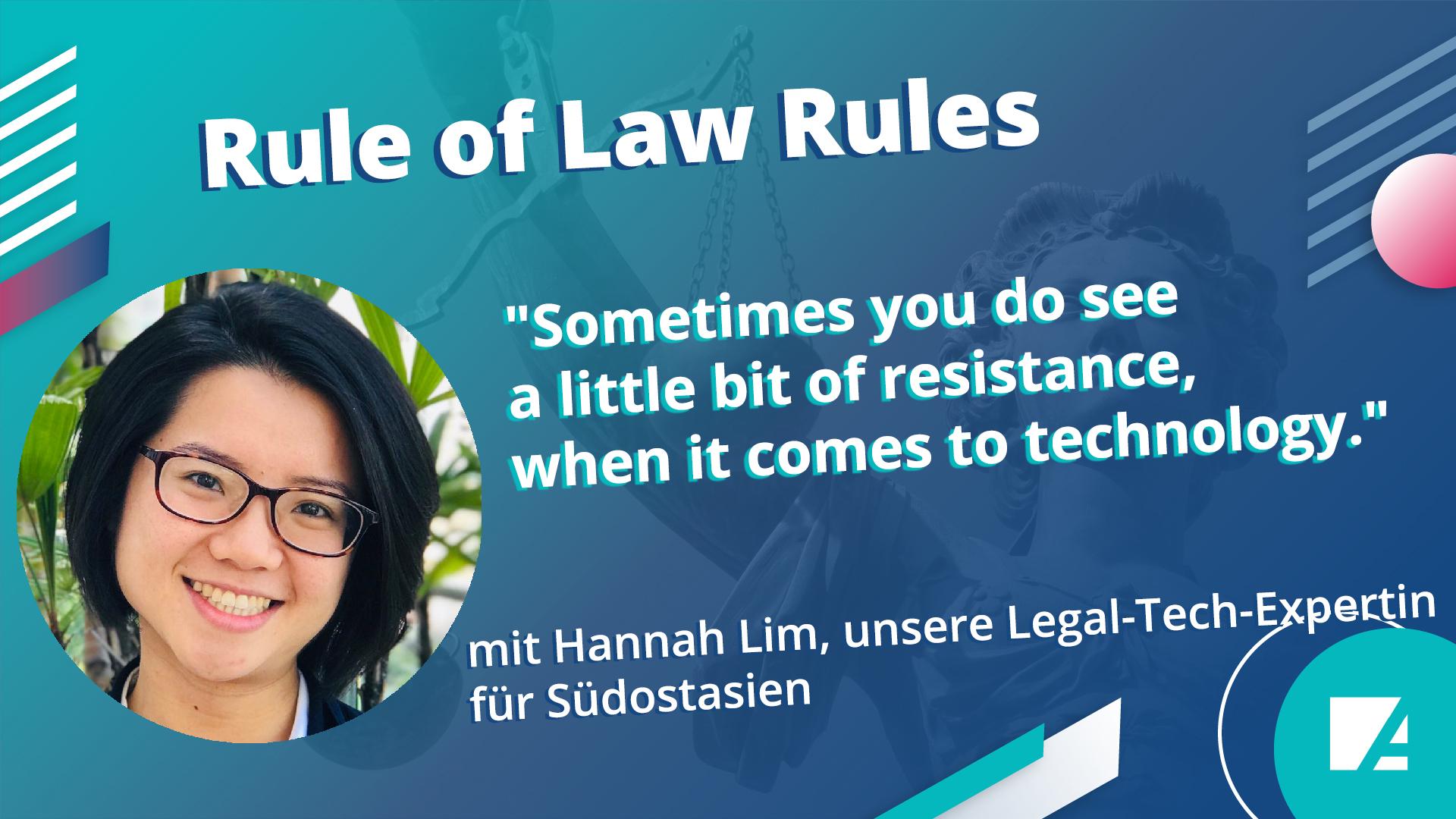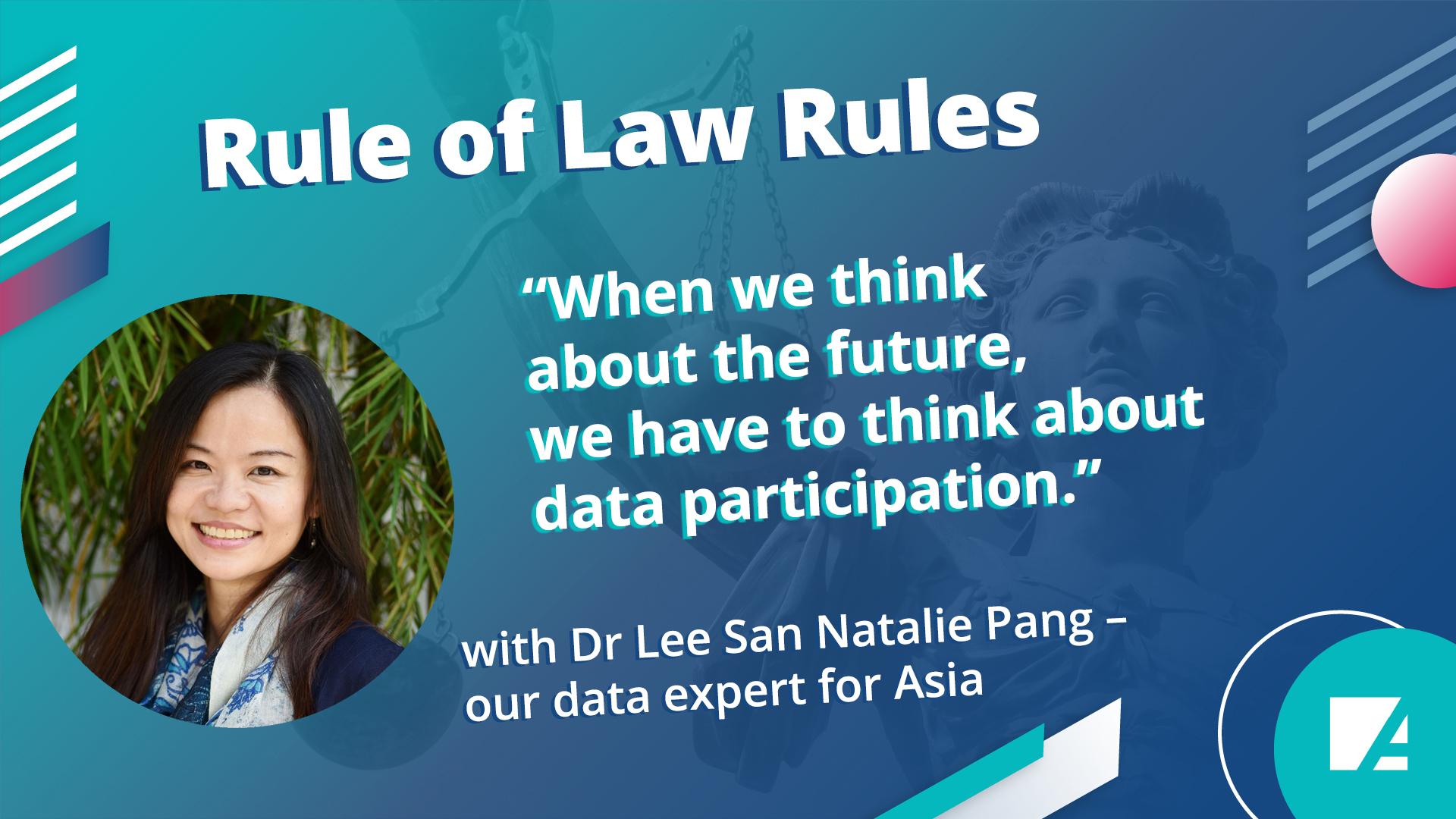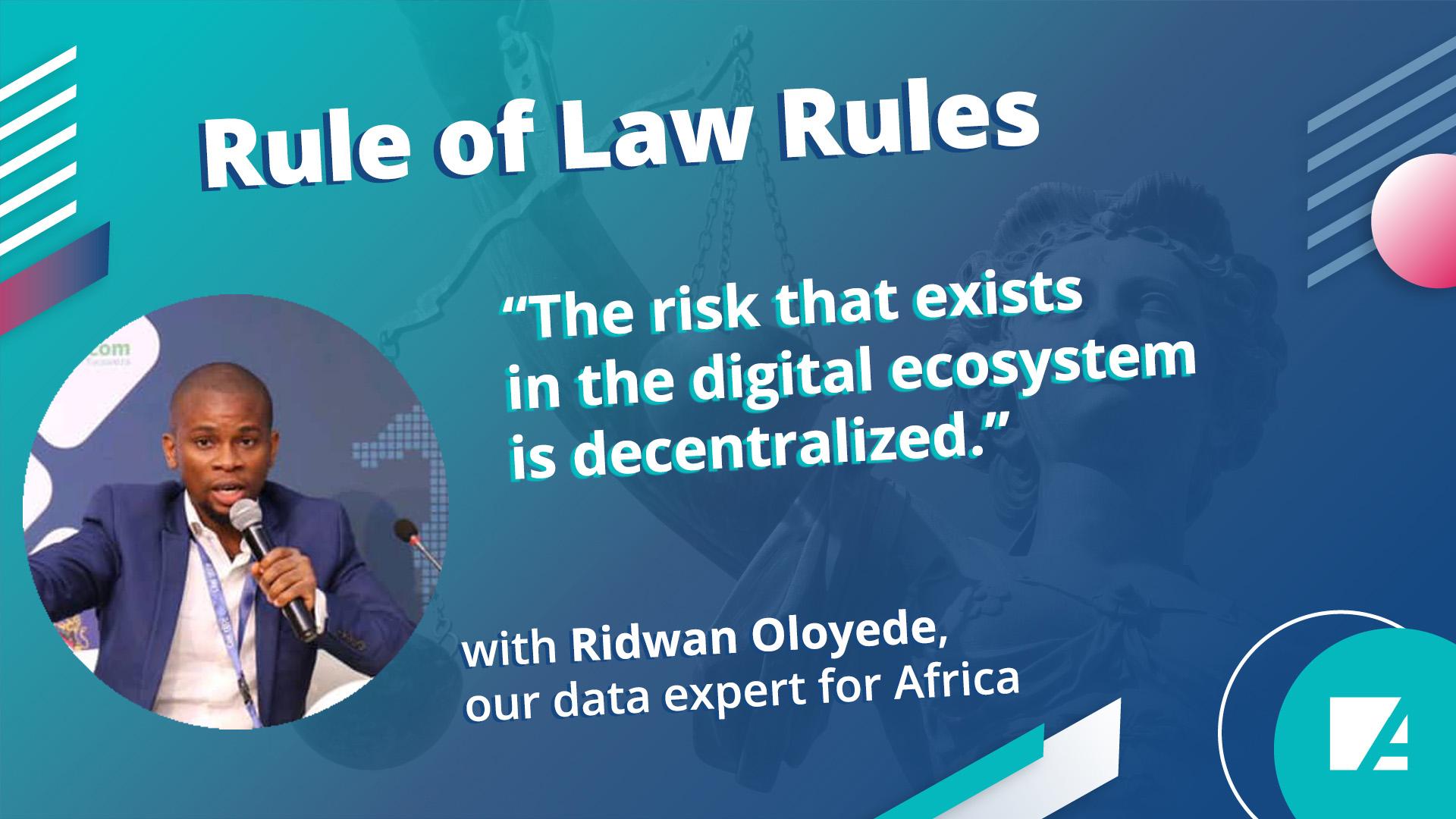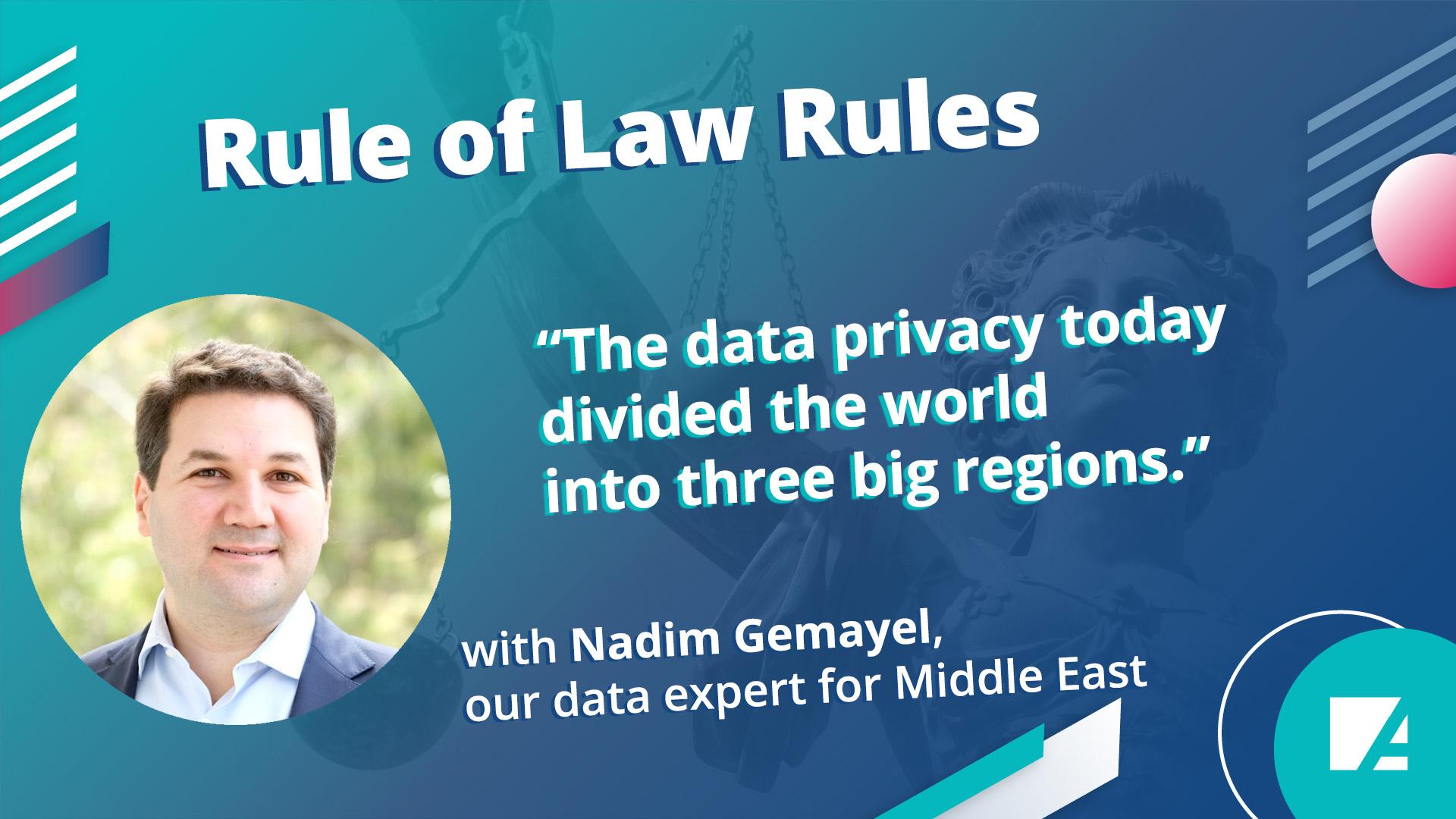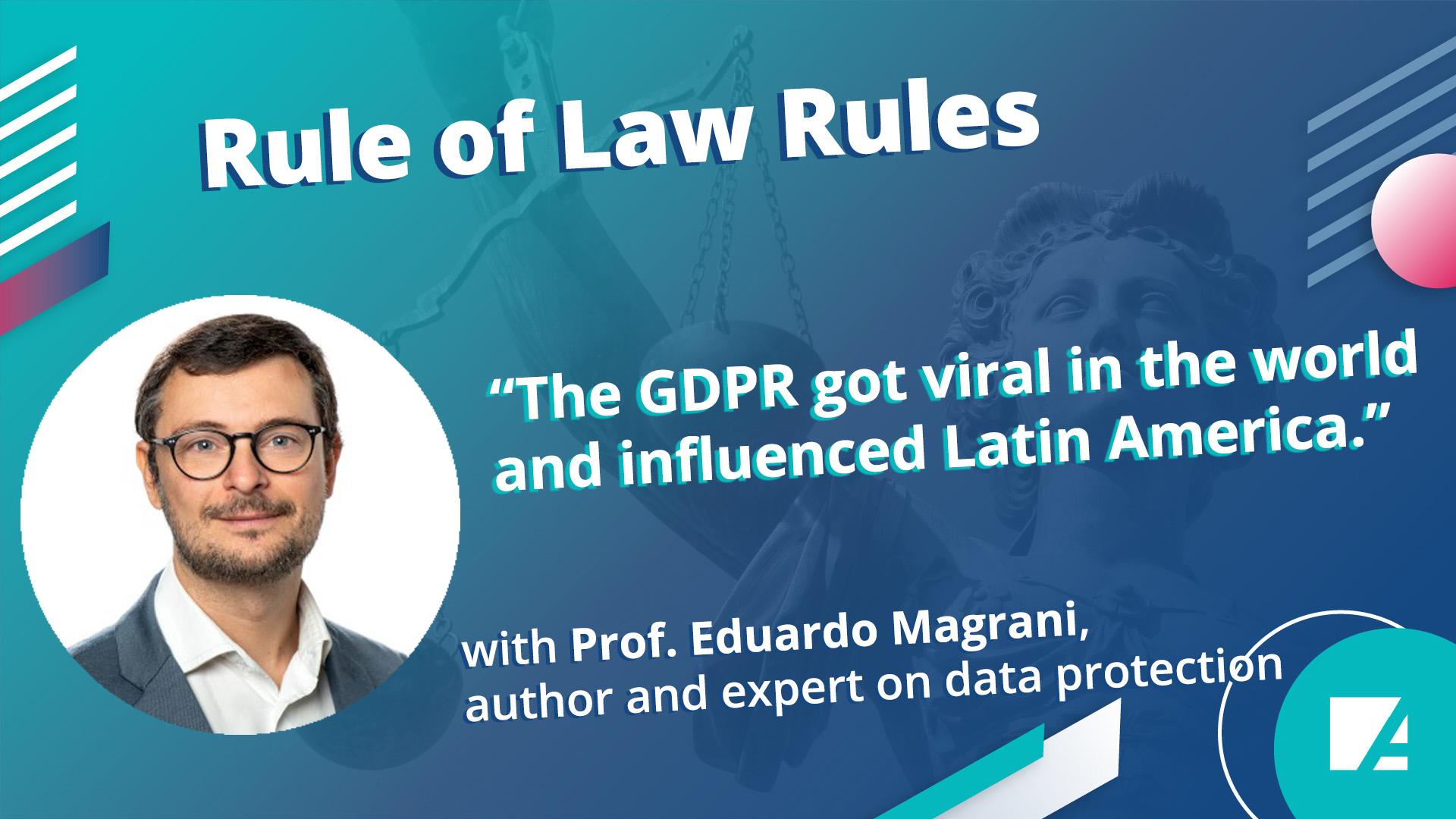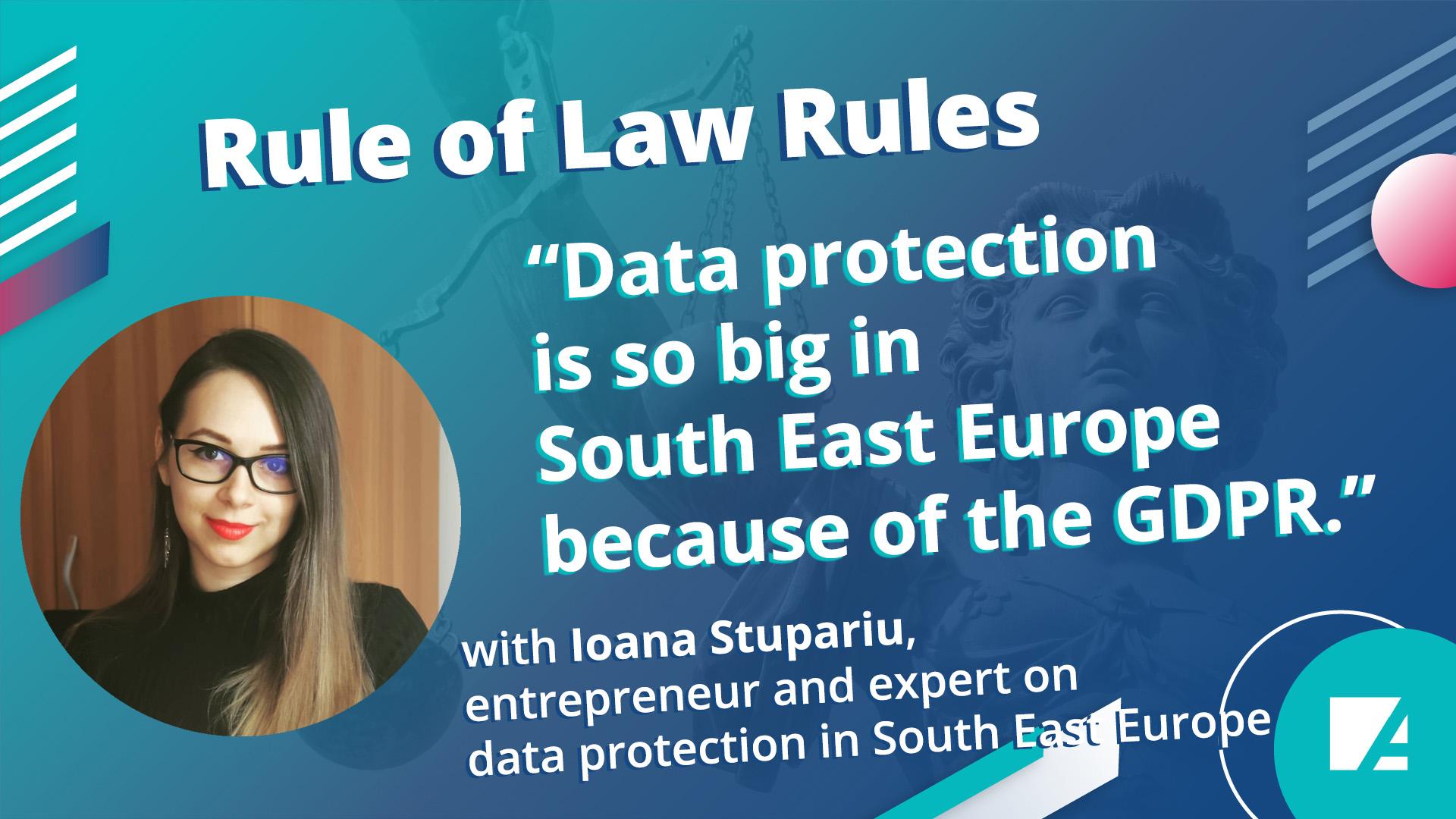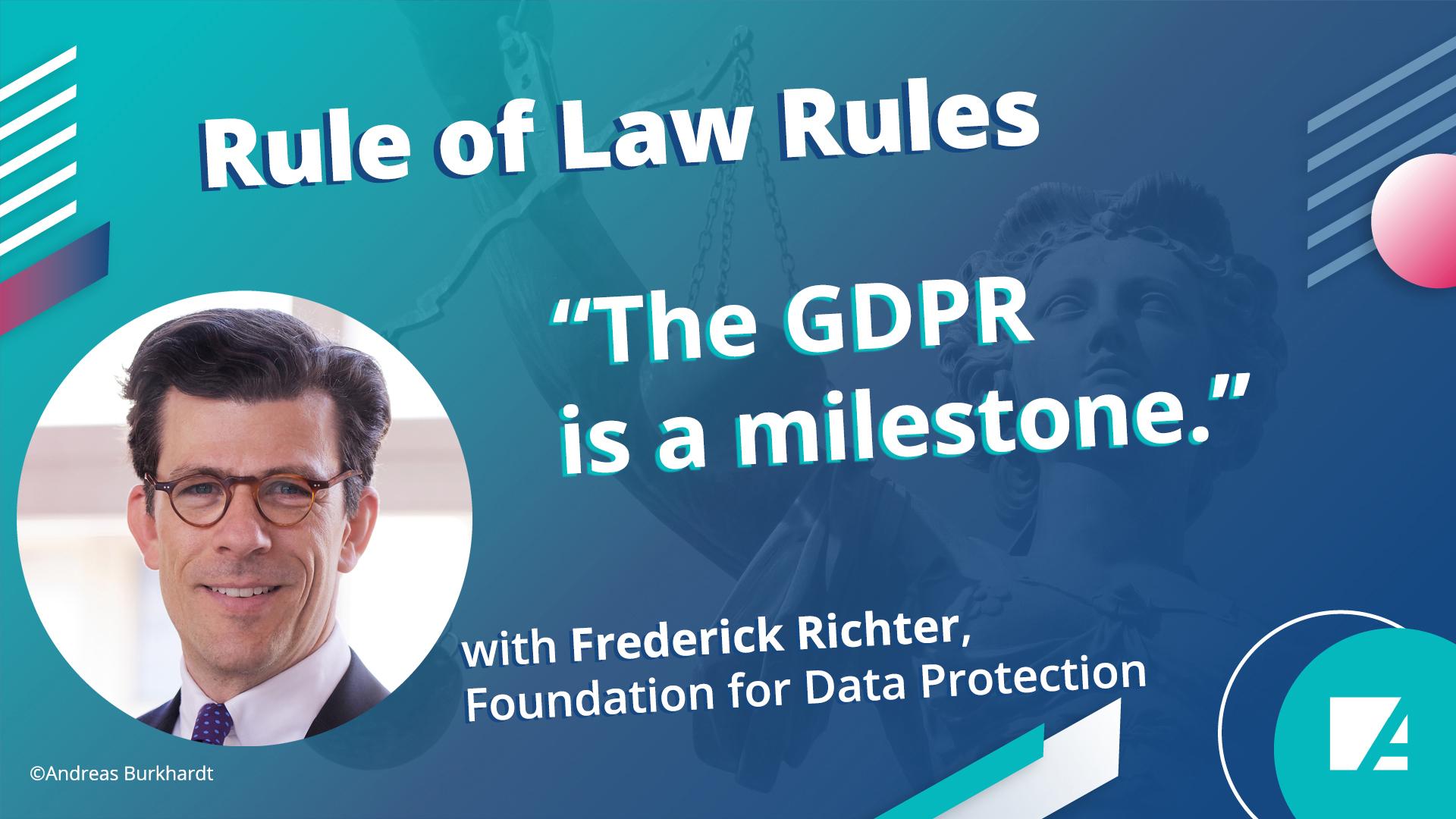Question: Can you give us an overview of the AI governance efforts undertaken by the United Nations? What do you think of the way in which the international governance framework is progressing?
Fabrizio Hochschild-Drummond: Work on AI spans numerous entities in the UN, and the technology is examined through a variety of lenses to ensure AI systems and their applications serve the realization of the Sustainable Development Goals. Some efforts like ITU’s AI for Good Summit, UNESCO’s work on AI Ethics, and UNICEF’s work on AI and children are a case in point of different UN actors coming together to promote and shape technologies that serve the whole of humanity.
At the same time, the overall international landscape on AI tends to be somewhat fragmented, with a lack of representation from, and inclusion of, developing countries. This is why the recent Secretary-General’s Roadmap for Digital Cooperation had proposed the creation of a multi-stakeholder advisory body on global AI cooperation, which will provide guidance on AI that is trustworthy, human-rights based, safe, sustainable, and promotes peace. To that end, we are holding multi-stakeholder consultations on the creation of this body, to ensure that we can support the numerous ongoing efforts and initiatives and help them better connect with each other. This will be a space where member states, UN entities, companies, academia, and civil society organizations can share knowledge and expertise, as well as highlight best practice. We hope that this effort by the United Nations will support global cooperation on AI, in a variety of areas like governance, and create better synergies between those governing, developing, and using AI.
Question: The digital divide remains a key concern in ICT for Development agenda. Governments have a duty to ensure that no one is left behind according to the SDG goals. How do you see this vision for the world becoming a reality?
Fabrizio Hochschild-Drummond: This is an important question, because we cannot necessarily rely on the same tools that connected the first half of the population to connect the second half; and because this vision will require global cooperation to fully and successfully materialize. Many of those who remain unconnected are in rural areas, some are not even connected to the electrical grid, so we clearly have much work ahead of us. It is also important to recognize the speed of the reach of the Internet in comparison with previous technologies. It took only 25 years for the Internet to reach more than half the global population, while it took electricity 140 years to reach half the world. As such, we need to be thinking quickly before we end up concretizing existing inequalities, and those who are not connected fall further behind. Bridging the digital divide entails several components. One is the provision of hardware and infrastructure, from ensuring reliable electricity to Internet signals and access to affordable devices. Regulatory frameworks including investment policies as well as market dynamics are important. Another component is skills—training is required to develop, deploy, use, and govern ICTs. A further component is content—ICT services need to be relevant, useful, or interesting, as well as available. Across these dimensions, we need to take into account the needs and preferences of those who have not yet been connected, such as lower income households, women, people with disabilities, and people on the move.
The ITU and UNICEF are addressing this through the GIGA project, working to connect all schools to the Internet. Some very remote schools will be connected by satellite, rely on solar energy, and use public blockchains for monitoring and managing payments. Another option is high-altitude balloons, which can deliver 4G connection for a reasonable price to remote populations, as they are now doing in Kenya.[1] This is the result of a partnership between Google and the Government of Kenya, which highlights the potential for multi-stakeholder collaboration to enable connectivity. In order to realize the SDGs and leave no one behind we must first come together and continue working together to make this a reality.
Question: What do you think will be the future of AI governance activities at the UN level over the next few years? How will they impact the role of the UN in the world order?
Fabrizio Hochschild-Drummond: One thing that is important to remember is that technology affects all of us, regardless of gender, race, or nationality. The governance of technology, including AI, should therefore be something that is discussed internationally. The United Nations, with its global membership, is uniquely positioned to be the platform where conversations on AI are held. This is why the Secretary-General had proposed the establishment of the multi-stakeholder advisory body on AI, that I had mentioned before. Many other initiatives, including by key UN actors like UNESCO and ITU, are taking place throughout the United Nations. At a time when political and technical fragmentation are increasing, the United Nations should continue to bring us together in our collective efforts to advance the Sustainable Development Goals and promote our collective pursuit of technology that upholds human rights and serves the whole of humanity.
Question: Most countries in the world are trying to build regulatory frameworks to govern AI including risk-based models to trusted AI certifications. Do you believe that a global standard in this regard will bring about more trust, legal certainty and market uptake?
Fabrizio Hochschild-Drummond: It is clear that many see the fundamental need to “govern” AI, as seen by the numerous initiatives and efforts being undertaken by countries, both individually and in larger groups, to come together. However, the question of what such a “global standard” would look like is more complicated. For instance, to ensure that the use of technologies like AI, both domestically and internationally, is beneficial to the whole of humanity, we must come together to discuss and agree on what a concept like “trustworthy” AI would mean. This entails regulators, developers, and users coming together to ensure the technology is indeed trustworthy. Standards are a very important part of this process, but there is more that we need to consider and do to create and sustain technologies that are trustworthy. This is an effort we must all pursue together through a variety of corresponding means, some technical, some regulatory, some social, and many others.
Question: Do you believe that specific rules are required to increase accountability when state is the user of AI applications for public services? Do you see a role for the UN in this context?
Fabrizio Hochschild-Drummond: Accountability, like trustworthiness, is a multifaceted concept in AI regulation, development, and use that calls on different stakeholders to come together and cooperate. Accountability mechanisms tend to be linked primarily to national institutions. As such, the United Nations can play a role by bringing these stakeholders together to have the necessary conversations on how they view and shape accountability so that we can share and exchange information across borders, as well as support each other in ensuring that accountability in one entity does not discount accountability for another. Where there is member states’ support, the United Nations has worked for years to promote international accountability in a variety of fields from disarmament to the use of conflict diamonds and can again work towards this, with regards to AI. We need to focus now on better sharing and exchanging information regarding the regulation, development and use, and highlight best practices.
Question: AI systems are seen as difficult to regulate because of the changing functionality of these systems. The other challenge relates to the difficulty with the allocation of responsibilities between different economic operators in the supply chain. How can we solve this issue at the level of international cooperation?
Fabrizio Hochschild-Drummond: The level of global cooperation on AI allows different actors to come together and examine what models and use cases work and what best practices emerge from these trial and error processes. The United Nations can help to bring the relevant entities together to address these issues, discuss the challenges that emerge, and work to solve them together. Challenges live alongside solutions and they push us forward on our road to continued innovation and discovery. To solve these issues through global cooperation, we need to identify and share them so that we can call on the brightest global minds to come together in examining and solving them. We are far stronger when we work together, especially in addressing challenges that touch all of our lives.
Rule of Law Programme Asia, Konrad Adenauer Stiftung and School of Law, Strathclyde: Many thanks, Mr Fabrizio Hochschild-Drummond.
The interview was conducted by Dr Angela Daly (Senior Lecturer of Law, University of Strathclyde) and Ms Aishwarya Natarajan (Research Associate, Rule of Law Programme Asia, KAS). We welcome your thoughts, suggestions and feedback. Dr Daly can be contacted at a.daly@strath.ac.uk and Ms Natarajan can be contacted at aishwarya.natarajan@kas.de.



